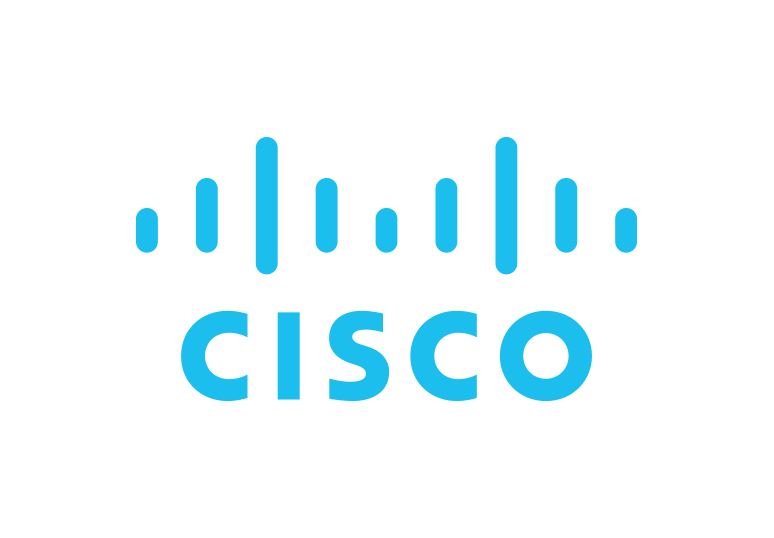Johannesburg, 06 Jan 2021
The COVID-19 pandemic has changed many aspects of our everyday lives, not least of which is our work environment. All indications are that what has become known as the ‘new normal’ in which a substantial proportion of office and knowledge workers continue to work from home at least some of the time, will continue for the foreseeable future, if not forever.
Recent research: “The Rise of the Hybrid Workplace – A Global Survey of Executives, Employee Experience Experts, and Knowledge Workers”, undertaken by Dimensional Research and sponsored by Cisco Webex, found that 99% of participants were anticipating that recent changes to the workplace environment would remain permanent, with some workers in the office and some working remotely most, if not all, of the time.
In line with this, almost all respondents, 98%, stated the significant increase in employees working from home would mean every meeting will likely have at least one remote participant. More than three-quarters (76%) of respondents expected an increase in video meetings, and two-thirds (66%) predicted greater use of collaboration applications.
“This clearly indicates that there will be increasing reliance on video meeting solutions for both in-office employees as well as those joining from home,” says Garsen Naidu, General Manager, Cisco Sub Saharan Africa. “Closer to home, in South Africa, we found that 38% of business leaders plan to allow staff to continue working from home, even after the pandemic is over,” he added.
A major challenge to emerge from the global research is that most remote employees continue to use traditional equipment for their collaboration need. Home meeting attendees use a laptop for for both audio (42%) and video (77%); headsets are only used by 23% of meeting attendees; and 18% use a phone to join a meeting from home. USB cameras (28%) are the second most common way people share video, closely followed by their phones (26%). Ninety-eight percent of home-based meeting attendees complained about their experience, with 50% citing generally poor audio, 47% frustrated by too many people talking at once, and 46% complaining of background noise from fellow participants’ environments.
According to Naidu, new technology is being developed all the time to help businesses create a more inclusive and less frustrating hybrid workplace environment for all workers.
“Lots of innovation is needed for today and tomorrow’s hybrid workplace to be as effective, if not more effective, than yesterday’s on-premises set-up,” he says. “The good news is this innovation is already happening: imagine meetings where the speaker speaks French, for instance, and you get the transcription in English – from February, we will offer this real-time transcription in 10 languages. With AI, we can translate gestures to an emoji on the screen: such as thumbs up or applauding hands. Also, AI helps with noise cancellation: no more barking dogs, loud typing or rustling papers.”
Although providing remote workers with effective collaborating devices would help to ensure meeting productivity and reduce frustration and fatigue, Naidu notes that businesses have additional considerations as well: they need collaboration solutions to be reliable, secure and easy to manage.
“Companies should consider a strategy that reduces collaboration integration issues and minimises the resources and effort needed to manage and maintain collaboration solutions by ensuring their disparate technologies are in fact compatible. The alternative is to replace those that are not, or move to a single technology stack from a reliable vendor,” he adds.
When considering which to invest in, he suggests that organisations seek out solutions that provide a single, secure place for connecting – calling, meeting and messaging – and for getting things done quickly and easily.
Important considerations should be the incorporation of noise cancellation and speech enhancement technology; transcription and closed captioning capabilities; enhanced video layouts and the ability to set up spontaneous meetings easily; AI-powered features that improve the overall experience; and even analytics features that can deliver personalised insights to individuals, teams and organisations.
Although laptops are convenient, it is also worth considering investing in smart devices such as desk cameras that incorporate intelligent features such as facial recognition and occupancy metrics and can be muted and unmuted with a simple gesture.
Solutions that enable presenters to use slides or videos as a backdrop could also make the difference between engaging meeting participations, to having them (figuratively) tune out.
“It is also important that users are able to quickly find and use integrations within the messaging and meeting space and that they can easily add and collaborate with third-party applications while in a meeting – and then save the work to follow up afterwards.
“Built-in security and privacy capabilities are also important. However, regardless of the solution chosen, and whichever technologies one adopts, the key to an effective hybrid workplace environment is to ensure it seamlessly bridges the distance divide by providing an almost ‘better than being there’ experience for all users,” Naidu concludes.
Share
